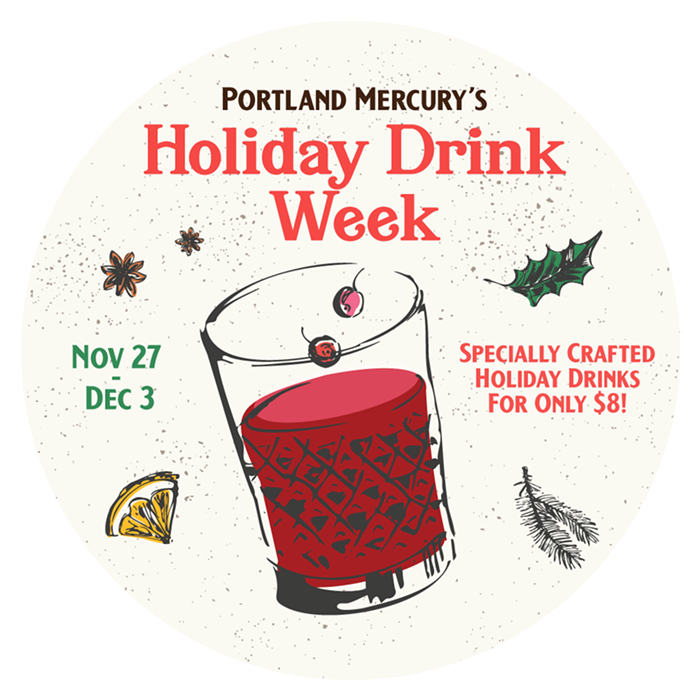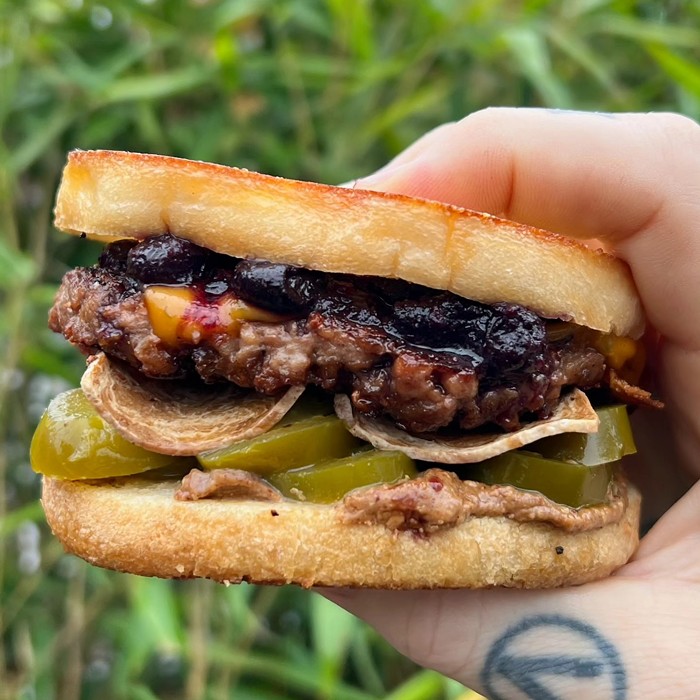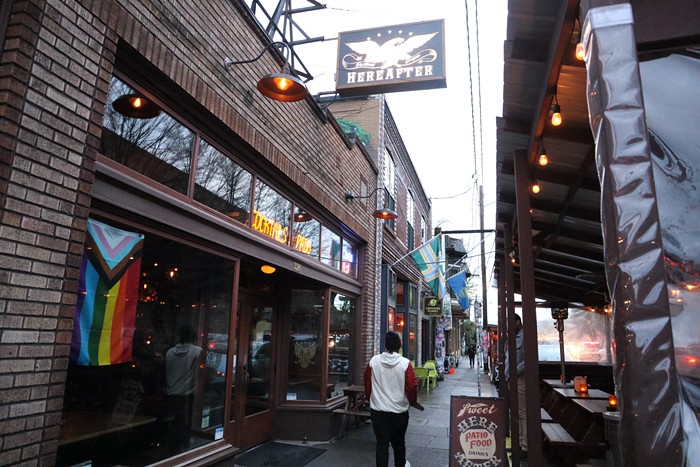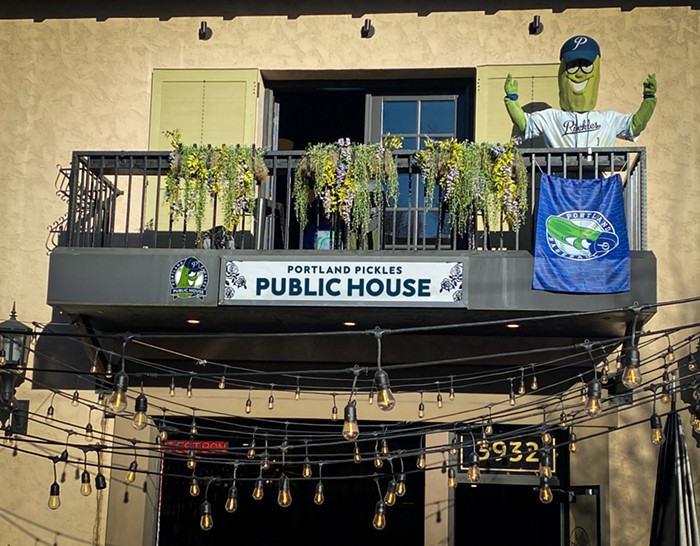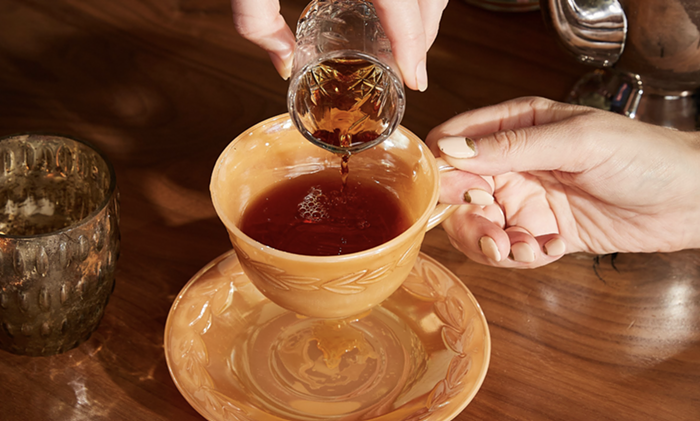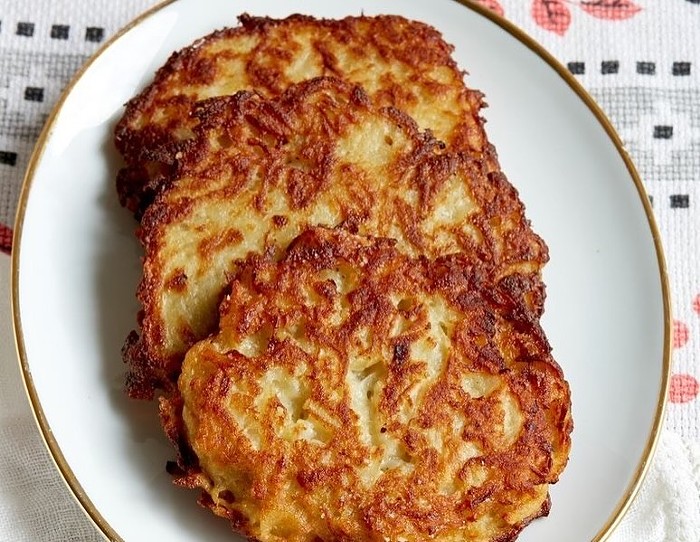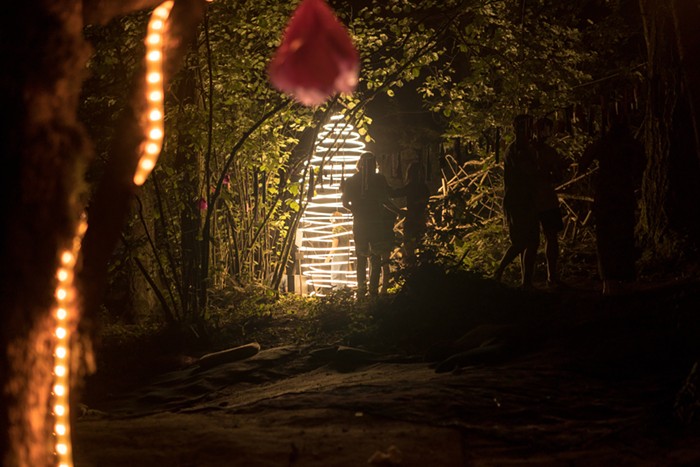Since moving back to Portland after living in Japan for three years, everybody asks which Japanese foods I miss most. Honestly, these days Portland probably has more exciting Japanese dining options than the actual Japanese town where I lived. My ramen, sushi, and izakaya quotas are easily filled here. But there’s one food I still fantasize about—the onigiri I used to buy for $1 at 7-Eleven: compact triangles of rice stuffed with savory pickles or fish, and hugged by a sheet of nori (the seaweed on a sushi roll).

at Miho Izakaya
Onigiri are the ultimate J-snack: cheap, portable, filling little carb bombs. They’re the kind of soul food everyone knows how to make without ever needing to look at a recipe, a kid’s bento box staple, and the last thing you order after a night of drinking to sop up the alcohol. Once you go hiking with a backpack full of onigiri, you’ll never buy trail mix again.
I was thus inspired to hunt for Portland’s best onigiri, and my expedition began at red-lanterned izakaya Yataimura Maru (3810 SE Division) with a fist-sized triangle of warm, sticky white rice wrapped in still-crisp nori ($2.50). The first under-seasoned nibbles were underwhelming, until I broke through to the eye-wateringly tart umeboshi (pickled plum)—my favorite of all onigiri fillings.
Marukin Ramen’s (609 SE Ankeny) dashi-infused takikomi onigiri spiked with shiitake ($2.50) has disappeared from their summer menu, but will supposedly make a comeback next season. (Fingers crossed, because I actually liked ’em better than their soymilk ramen.)
After that upset, I decided that if I wanted authentic onigiri, I was going to have to borrow a car and make a journey—one not quite as tedious as a 11-hour transpacific flight to Japan, but almost; I’d have to go to Beaverton.

Onigiri, and Inarizushi at Biwa
“Get here early,” the staff at Uwajimaya (10500 SW Beaverton Hillsdale) warned me, “we usually sell out of onigiri by 2 pm.” So on a Saturday at 11, I grabbed two plastic-wrapped onigiri ($1.99 each), one stuffed with umeboshi and the other with kombu (seaweed simmered in soy sauce and sugar). Don’t assume that grocery store sushi and grocery store onigiri are analogous; while the former is a shriveled, mayo-drenched knockoff of a delicacy, pre-made onigiri are the Platonic ideal. Unfortunately, US health codes probably require stores to keep them ice cold, because the flavor of Uwajimaya’s umeboshi was disappointingly muted by the deli case chill. Patience paid off when I let the one with kombu warm to room temperature: Its precise geometric points contained a balanced ratio of tasty rice to kombu’s savory-sweetness.
Some of the stuffing was falling out of the onigiri (an order of two for $4) at Kizuki Ramen (11830 NW Cedar Falls)—a faux pas I overlooked, because on the first bite I got right to the aromatic herbal filling of kombu and shiso (that fuzzy green leaf that decorates plates of sashimi at sushi restaurants). My last stop in Beaverton was Yuzu (4130 SW 117th), whose lack of signage didn’t prevent it from being packed full of families with chopsticks-wielding toddlers. Their piping hot umeboshi onigiri ($2.95) looked just like the onigiri emoji and tasted homemade.

at Behind the Museum Cafe
Back within the city limits, I had to bend my rules a bit. I originally disqualified yaki-onigiri (grilled rice balls) from this list because, like toast vs. bread, they’re two different foods. But when I crunched through the charred, miso-glazed crust into the pillowy white rice center of Biwa’s (215 SE 9th) miso-yaki onigiri ($4), I was transported back to balmy Japanese summer BBQs—and all bets were off.
I broke my rules again at Miho Izakaya (4057 N Interstate). Spam musubi are rice balls that were also originally barred from this list, since they’re really a Hawaiian food. But vegan spam is a mystery meat I couldn’t resist investigating, and the tempeh cutlet on Miho’s vegan spam musubi ($4) was doused with a cinnamony-spiced katsu sauce that made it taste like your hippie aunt brought Tofurkey to Thanksgiving, in a good way.

at Kizuki Ramen
Easily the most Instagrammable onigiri was at Behind the Museum Cafe (1229 SW 10th). Owner Tomoe Horibuchi uses gokoku mai, a blend of brown and black rice with quinoa, millet, and Bhutanese red rice that somehow comes out a pretty pink and gives her exquisite rice balls ($4 with edamame or napa cabbage) a nutty texture. I chose the onigiri stuffed with pickled tea leaves. They’re not traditionally eaten in Japan, but Horibuchi says she wanted to “add a feeling of tea to our onigiri.” She sautés sencha leaves in sesame oil with takana (pickled mustard greens), a common onigiri filling. The flavor was something like Asian-fusion stewed collard greens, bitter and comforting.
In Hawaii, onigiri go by their other name, musubi—also the name of takeout counter Musubi (2134 SE Division), which slings Hawaiian-inspired rice balls. Out of all the onigiri I sampled, their Umami Bomb musubi ($3) most fed my nostalgia, down to the clever three-step plastic packaging which keeps the nori potato-chip-crispy. The kombu inside was honeyed and briny, and a generous dusting of sesame seed furikake crackled like Pop Rocks, perfectly seasoning the sushi-grade white rice.
In Japanese, “musubi” literally means “knot,” and refers to the way onigiri are made by pressing rice together between cupped palms, but it also suggests a sense of ties between people. Eating onigiri in the neighborhood where I grew up, I can taste the connection between my hometown and the place that became my second home.
